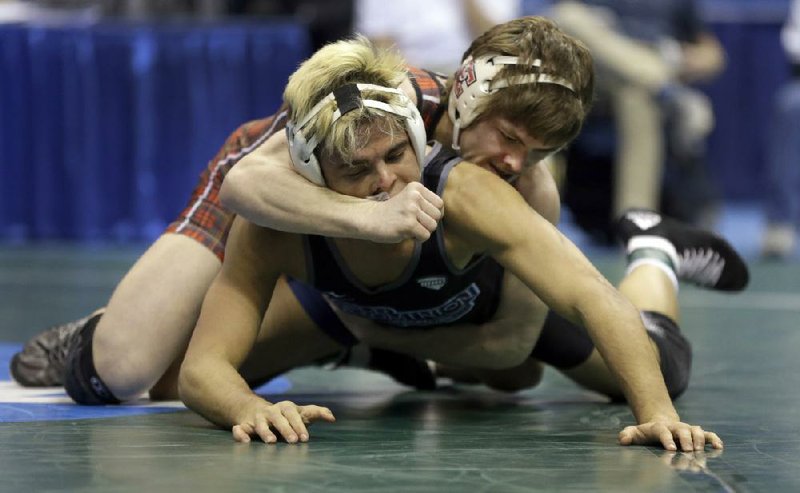Financially challenged schools considering cutting sports are making difficult decisions of who gets to keep playing and who doesn't.
The choices aren't just about money when they involve women's sports. And while Title IX doesn't prevent women's sports from being eliminated, the federal law is a huge part of the conversations.
"I wouldn't say that women's sports are more at risk," said attorney Timothy J. O'Brien, who is based in Maine with a practice focused on employment and college sports law. "I would say that all sports in an economic downturn will be scrutinized. But it should be done in a fair and equitable manner so at the end of the day the institution is compliant with Title IX."
The civil-rights law, which applies to each gender, is credited with expanding women's opportunities and participation in sports.
With the shutdown of college and professional sports in March amid the coronavirus pandemic, it's unclear how many schools will be able to have sports on reopened campuses this fall. Some -- including Appalachian State, Cincinnati, East Carolina, Furman and Old Dominion -- already have cut nonrevenue sports programs, but any move must ensure equitable treatment of remaining men's and women's athletics programs to comply with Title IX.
Established in 1972, Title IX prohibits discrimination on the basis of sex in any education program or activity receiving federal funds, such as student financial aid. It applies to sports by ensuring men and women have equitable participation opportunities, as well as access to scholarships.
While schools are facing financial hardships, Boston-based attorney Janet Judge said that fact doesn't nullify Title IX responsibilities.
"Title IX still applies," said Judge, who focuses on sports and civil-rights law. "It's a federal law that still applies. It's not suspended because there are financial challenges for the institutions."
Schools are reviewing guidelines with college athletics facing an uncertain financial future -- including big-budget programs that rely on football as the revenue driver through lucrative TV deals and the ability to fund lower-profile sports. There was also the hit from the cancellation of the NCAA Tournament, which meant far less money distributed to Division I schools.
O'Brien, who joined Judge in co-authoring the NCAA gender equity manual, said schools are "keenly aware" that decisions can't be based solely on which programs cost the most money with the least return. That's because any decision to cut sports can affect the "delicate balancing act" in complying with Title IX when it comes to the school's gender breakdown of athletes and sports, he said.
Still, it doesn't mandate schools offer men's and women's programs that are mirror images. As an example, NCAA guidelines require Football Bowl Subdivision schools to sponsor at least 16 varsity sports with a minimum of six for men or mixed-gender teams, and eight for women.
O'Brien said compliance can be measured in multiple ways, including whether the overall sports program's gender breakdown is proportionate to that of the general student body.
"That's really the focal point of the analysis: what's left, not what was eliminated?" O'Brien said.
Like O'Brien, Judge does not believe women's programs are at more risk because it "would be difficult" for schools to comply with Title IX while widely cutting women's sports. So far, they're right; more men's programs (16) have been cut than women's (four) in Division I as of Tuesday, according to a count by The Associated Press.
Old Dominion said in early April it would discontinue wrestling, saving about $1 million. The school said that decision followed a six-month outside study of its athletics program that included Title IX compliance considerations.
Later that month, Cincinnati eliminated a men's soccer program in existence since 1973.
In May, Florida International dissolved its men's indoor track and field program. Akron eliminated three sports -- men's cross country, men's golf and women's tennis -- to save $4.4 million. Bowling Green followed with the shutdown of baseball to reduce the athletics department's operating budget by $2 million.
Last week, Furman cut baseball and men's lacrosse, while East Carolina eliminated four sports -- men's and women's swimming and diving, and men's and women's tennis -- in a plan to save $4.9 million.
And Tuesday, Appalachian State cut men's soccer, men's tennis and men's indoor track and field in a plan to reduce the budget by $5 million for the 2021 fiscal year.
Sports on 05/28/2020

